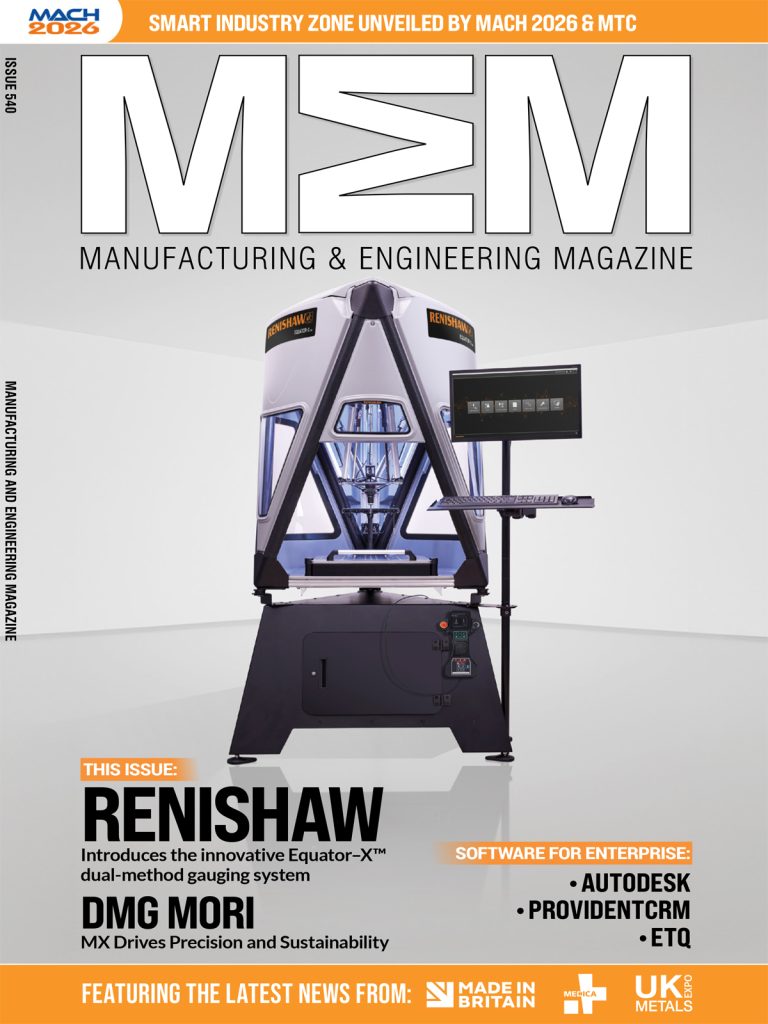Working quickly to fix machinery that’s broken is commonplace throughout industry, as is conducting regular maintenance – after all, the longer any equipment is out of action, the higher the cost to the company. But the same often can’t be said for investment in those operating the machinery, despite the fact that an issue affecting their health can have just as much of an impact on productivity, and therefore profitability.
Kevin Rogers, a former senior manager within the manufacturing industry and now CEO of Health Cash Plan provider Paycare, knows first-hand the difference a focus on the most common physical and mental health issues can have within a company. He says:
“We know an overwhelming number of absence within the sector are caused by musculoskeletal disorders (MSDs) and mental health issues, so they’re a good place to start when looking to drive down absence rates and introduce wellbeing policies which will have the biggest effect.
“MSDs such as rheumatoid arthritis, fibromyalgia and carpal tunnel syndrome were the cause of 6.6 million days off in 2017/18 according to the HSE. There are many work-related problems which can worsen conditions, including repetitive motions, being in the same position for too long, lifting heavy objects, improper lifting techniques, and poor posture. In a similar way to machine maintenance and servicing, employers can prevent any issues arising from poor staff physical health by taking a more preventative and proactive approach to employee wellness.
“There are so many benefits to employers of encouraging staff to get any physical ailments dealt with early, and while it may mean some initial downtime and very short-term absence, it will ultimately prevent staff from taking more, and longer periods, of time off work in the long-term.
“Anyone showing signs of an MSD should be encouraged to access physiotherapy or chiropractic services, or to see the doctor — whether that’s a physical appointment at their local surgery or a GP 24/7 service that enables them to have a consultation with a doctor over the phone while they’re still at work.
“Mental health is also a huge cause of sickness, with 15.4 million days taken off in 2017/18 due to stress, anxiety and depression, although the true figure could be higher as the charity MIND suggests a huge proportion of workers lie about the real reasons for their absence if mental health is the cause.
“The first approach for many employers is largely cost-free and involves creating an open culture within the workplace where mental health can be discussed openly – whether that’s introducing more regular one-to-ones with staff, appointing a wellbeing champion, or having open-door policies for managers. As much as possible should also be done to ensure employees know what’s available to them should they require support.
“An employee assistance programme can also be a hugely valuable wellbeing tool as it gives workers an outlet to talk about issues that might be having an impact on their quality, productivity and motivation while they’re at work, such as family arguments and relationship breakdowns (which accounted for nearly 29 per cent of all of our EAP calls in 2017/18) as well as mental health issues (nearly 28 per cent of calls).”
Manufacturing & Engineering Magazine | The Home of Manufacturing Industry News













